
Many people, especially women use hair extensions, which are means of making one's hair longer and healthier by installing hair implants onto the existing hair a person has. Artificial hair, natural, donor hair or feathers can be used for these purposes, varying in quality, desired effect, durability and many other characteristics.
Hair Extension Materials
Basically, hair extensions can be produced from human hairs or artificial hairs, made from synthetic fibers like Kanekalon or Toyokalon. Naturally, synthetic hair is a cheaper variant which cannot withstand high temperatures or some of the more aggressive hairstyle treatments.
As for the human donor hair, this hair is classified by its origin. Thus it may come from India, China, Russia and other suppliers of virgin hair. Virgin, in this case, stands for unprocessed hair.
Finally, animal feathers used for coloring people's hair are always real. Other hair extension sources can also be colored in order to achieve the desired shade, ranging from darkest of black to brightest of blond, along with extraordinary colors which are reserved for synthetic hair.
As far as texture is concerned, hair extensions can come in any style, from completely straight, over curly, up to kinky. Numerous names and classifications exist in order to help people choose the right hair extensions for their purposes, depending on the texture they desire. Thus, you may opt for Yaki hair, mimicking the Afro-Caribbean hairstyle, Romance Wave, standing for romantic curls, Spanish Wave, being the naturally wavy hair etc.
Remy hair is the name professionals give to human origin hair extensions. This hair looks more natural, lasts longer and can withstand numerous treatments and modifications.
Testing Your Hair Extensions for Genuineness
Many times, you may end up paying high prices for low-quality products. Surely, the hairdresser may claim that the hair you are getting is completely natural, selling you processed hair, deprived of all quality.
The first test involves checking your hair extensions for scales. Human hair is made out of scales. Thus, once you go through your hair with your moist fingers, from the top to the bottom, you are supposed to feel the smoothness. Yet, when you go the other way around, a bit of friction should be felt. If this is not the case, there is a high likelihood that the extensions you got are coated with silicon.
Alternatively, you can wait and see whether your hair extensions are natural or not. Namely, due to sun exposure and other environmental factors, processed or colored hair extensions are likely to change their color once again, especially towards the ends of the strands.
All in all, know what to look for and be careful not to get tricked once opting for natural hair extensions.


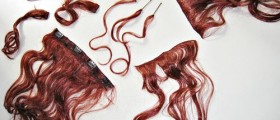

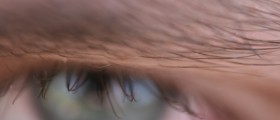

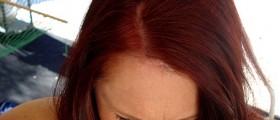
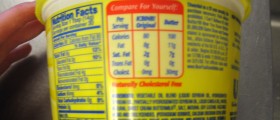


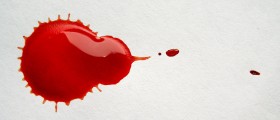
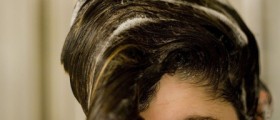





Your thoughts on this
Loading...